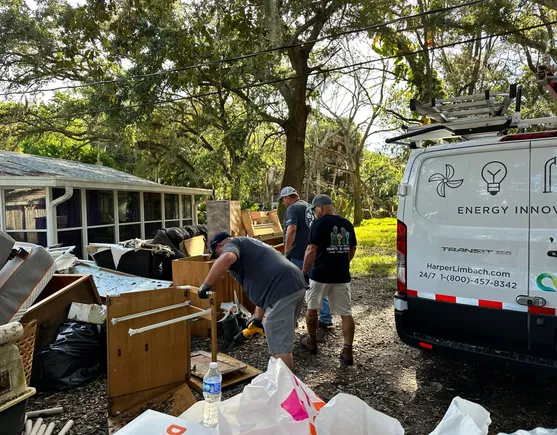U.S. employers will soon face “the largest labor shortage the country has ever seen,” a labor market report predicted Tuesday.
There will be several major roadblocks on the path to developing a future-ready workforce: a “Silver Tsunami” of Baby Boomers retiring; falling childbirth rates; younger generations desiring office-based jobs requiring a college degree; and a shrinking number of working age adults participating in the labor force, according the report from Lightcast, a labor market data and analysis firm.
There’s also a misalignment problem, the organization said: While women are earning degrees at record proportions and filling a growing share of critical roles in sectors like healthcare, they’re still filling less than 2% of jobs in traditionally male-dominated fields facing critical labor shortages, such as plumbing, HVAC and auto maintenance.
Meanwhile, prime-age men are disappearing from the labor force driven by an uptick in substance abuse and incarceration, the data showed.
The only growth in the U.S. labor force since 2019 can be attributed to immigration and foreign-born workers, Lightcast asserted.
The falling share of workers in the U.S. labor force who are “prime working age” (age 25-64) has been well documented, most recently in an August report from the Employee Benefit Research Institute.
Adding to the crisis, labor force participation rates for those age 65 and older haven’t recovered to pre-pandemic levels, while the rate for those under 25 nears record-low levels, EBRI said.
Overall, between 1975 and 2023, there have been significant changes in labor force patterns and composition, an EBRI researcher observed. They include, as the Lightcast study reflected, decreased labor force participation rates for men, increased rates for women and a decrease in the share of workers under 25, the EBRI report noted.
The convergence of these factors will result in crucial segments of the economy missing key workers, including the food services industry and police, firefighting and sanitation, Lightcast explained.
This is creating what the namesake report calls, “The Rising Storm.”
“It would be tempting to think the storm has passed — with ‘The Great Resignation’ over, the labor market will return to business as usual,” the report noted.
“But this wasn’t the storm itself; it was only a precursor to the real thing,” Lightcast warned. The retirement of Boomers is a structural change, not a cyclical one, and the declining labor force participation rate of younger generations will be difficult to reverse, the report explained.
However, it’s not all “doom and gloom,” Lightcast emphasized. Employers can “anticipate and adapt,” although they may need to revise their thinking.
For example, employers need to “open the door wide in order to reach as many applicants as possible,” Lightcast recommended. This means keeping job descriptions clear and open-minded, ideally oriented about future training and reskilling.
Contrary to past conventional wisdom of hiring workers “preloaded” with skills and abilities the employer needs, “the best way to make sure a worker as the skills they need for a job is to teach them those skills,” the report said. This goes for longtime employees as much as it does for new hires.
Additionally, hiring managers should constantly review applicant tracking systems to make sure the system is letting through as many differently qualified people as possible, Lightcast recommended. One best practice would be to regularly review applicants who were screened out to see if they would make good candidates, the report suggested.
And then, there’s this: In a 2023 survey by the Artemis Strategy Group and the Bipartisan Policy Center, most of the nonworking adults who said they didn’t plan on seeking work explained it was because they were caring for children or other family members.
“This would put employers that prioritize childcare and other flexible options for working [parents] at an advantage,” Lightcast observed.






Leave a Reply